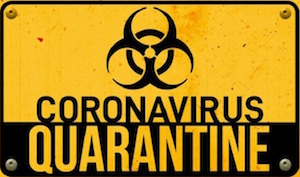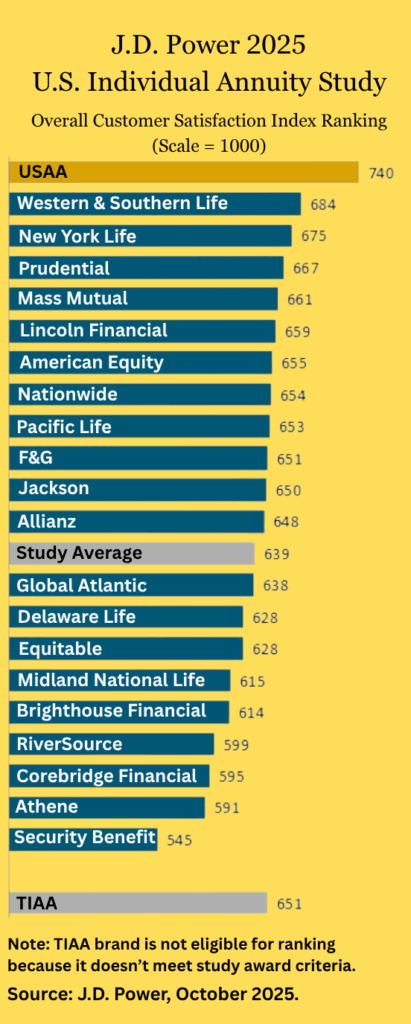
“Don’t let the cure be worse than the disease.”
The disease in that expression refers to the death toll from COVID-19. The cure refers to the induced coma of physical-distancing that holds much of the US economy in suspense for an unknowable length of time, threatening a recession or even depression.
As one writer put it, we face a trade-off between “lives and livelihoods.” Suppressing the disease means suppressing the economy. We can minimize the economic damage by returning to work. But if we go back to work, we infect more people and maximize the death toll.
Even with widespread self-quarantine, the disease produces more victims than hospitals can handle. COVID-19 mainly victimizes the old and immune-compromised. But the virus is just fickle enough in choosing whom to kill that even healthy people feel (justifiably) anxious and vulnerable.
Governors, mayors and the White House sense the public’s wish to put people first. But what will the economic effects be? How long could a recession last? What will it cost? Who will bear the costs? Can government and business cooperate to limit the economic pain?
Economic forecasts
Economists in the public and private sectors are working overtime—presumably from their homes—to make projections. Overall, they’re not sure whether we’ll have a V-shaped crisis that’s deep but brief, a U-shaped crisis that’s deep but longer, or an L-shaped crisis similar to Greece’s depression after 2010.
32% unemployment possible. On March 24, an economist at the St. Louis Federal Reserve estimated that the U.S. unemployment rate could swell to 32% during the second quarter of this year, with almost 53 million people out of work. He added the current number of unemployed Americans, 5.76 million, to an estimated 47 million people in high-contact jobs— sales, production, food service, barbers and hairstylists, flight attendants and others—who are likely to be laid off.
A 2% drop in consumption, bottoming out after 29 weeks. If 215 million Americans get infected and 2.2 million die, “We find that the epidemic causes a relatively mild recession,” write a team of academics at Northwestern University and the Freie Universitat Berlin in a new article. “Aggregate consumption falls by roughly 2% from peak to trough, with the latter occurring 29 weeks after the onset of the infection. In the long-run, population and real GDP decline permanently by 0.65% reflecting the death toll from the epidemic.”
A 14% drop in consumption for 50 weeks. But the same team adds that if the U.S. takes severe containment measures, prolonging a national quarantine until a vaccine or treatment appears, then “a very large, persistent recession: consumption falls by about 14% for roughly 50 weeks” might occur. On the plus side, this policy would prevent an estimated 250,000 to 600,000 deaths.
Real US GDP is likely to be flat in 2020: “The impact of social distancing on consumer spending activity and a knockdown effect on business investment, together with the oil price hit on capital investments in energy infrastructure and expanded travel bans, likely means a -1.0% reading in the first quarter and a large contraction of 6.0% for GDP growth in the second, signaling recession for the U.S.,” write analysts at S&P Global Ratings.
“For the year, we now forecast real GDP is likely to be flat in 2020 (versus our +1.9% forecast before the virus). We continue to expect a slow U-shaped recovery in the second half following a second-quarter slump,” they added, noting, “Uncertainty in our estimates of growth in 2020 is higher than usual.”
The US economy will contract by 2.8% this year, according to the Economist Intelligence Unit. The EIU also expected China’s real GDP growth to stand at only 1% in 2020, compared with 6.1% in 2019. The eurozone will post a full-year recession of 5.9%, including recessions in Germany (-6.8%), France (-5%) and Italy (-7%). In Latin America, Argentina (-6.7%), Brazil (-5.5%), and Mexico (-5.4%) are predicted to experience recessions.
An S&P target range of 1,800-2,000 by summer. The global research firm TS Lombard said in a March 31 bulletin, “We reckon investors are currently too optimistic about the post-virus recovery on the back of policymakers’ responses. Rather than a bounce in activity, we expect a slow re-opening of the economy in tandem with continued social distancing… This means valuations are unlikely to recover quickly, and means the decline after this dead cat bounce is likely to make new lows.”
How long till it’s over?
No one expects the crisis to resolve before the summer. Assuming that no effective vaccine or treatment appears suddenly, we’re probably in for a long campaign, possibly interrupted with new flare-ups in places that the initial waves of the pandemic missed.
“Even under severe social distancing scenarios, it is likely that the health system will be overwhelmed, which is indicated to happen when the portion of the U.S. population actively infected and suffering from the disease reaches 1% (about 3.3 million current cases),” writes economist Andrew Atkeson of UCLA.
“More severe mitigation efforts do push the date at which this happens back from six months from now to 12 months from now or more, perhaps allowing time to invest heavily in the resources needed to care for the sick,” he adds.
“Under almost all of the scenarios considered, at the peak of the disease progression, between 10% and 20% of the population (33 to 66 million people) suffers from an active infection at the same time. In the model simulations, this peak infection period occurs between seven and 14 months from now.”
© 2020 RIJ Publishing LLC. All rights reserved.


